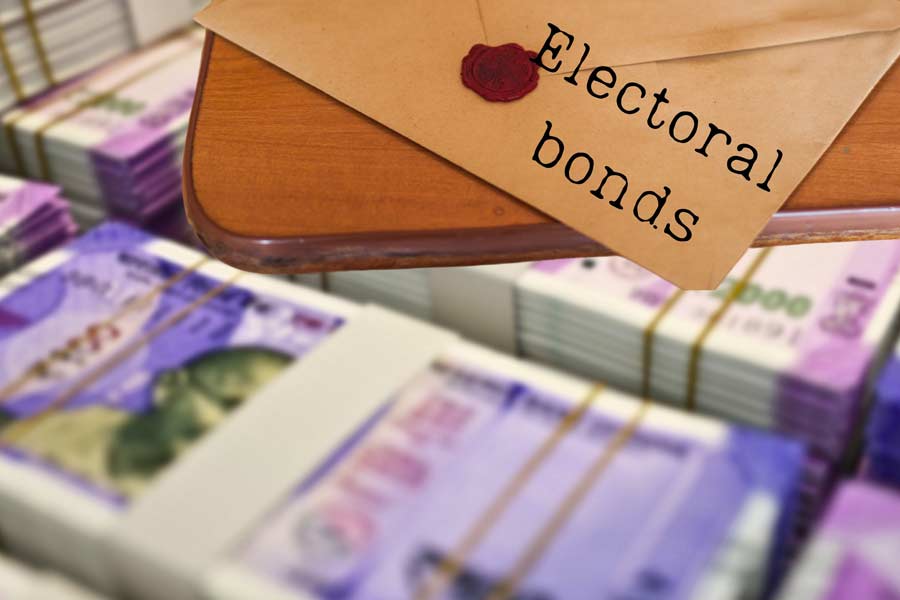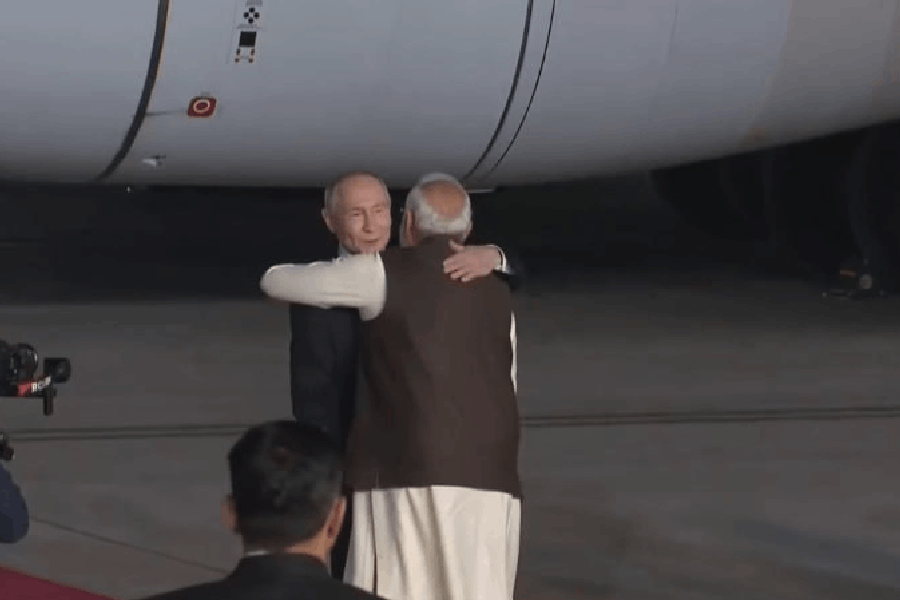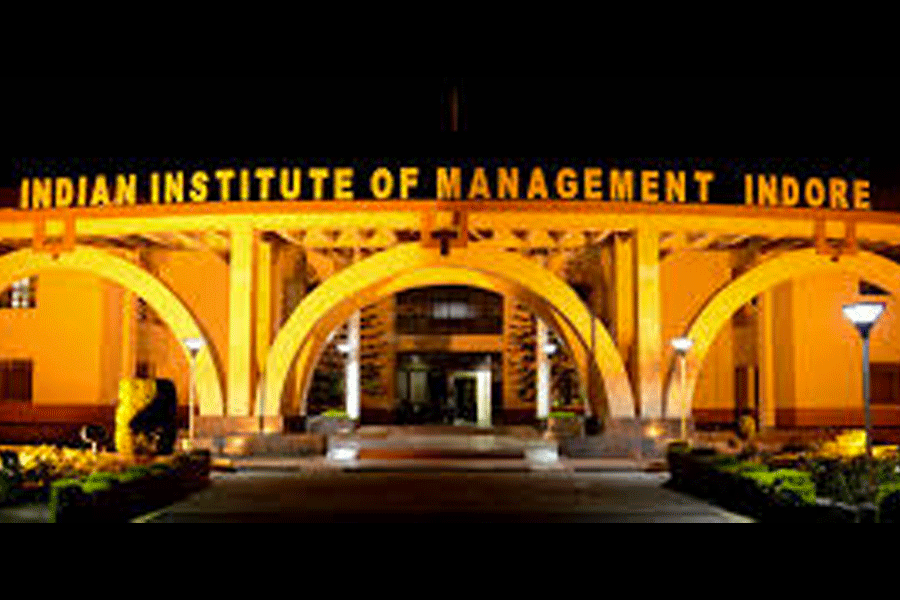Hide-and-seek by a respected organisation is not a pleasant spectacle. Yet the Supreme Court had to issue a third direction to the State Bank of India regarding the uncovering of data in the electoral bonds case. This time, the Supreme Court ordered the SBI to furnish the Election Commission of India with the unique numbers attached to the bonds, without which the link between the donor and the political party that encashed the bond would remain invisible. The first judgment underlined the need for transparency and the people’s right to know. Yet the SBI had first asked for an extension of the deadline for submission to a date that would fall after the Lok Sabha elections. The court’s denial of the plea led to the presentation of donor names, amounts and dates in one file and the names of the receiving parties and the total amounts they received in another, both of which were published by the ECI. There was no bridge between the two. The SBI followed the court’s order in letter and notably not in spirit: it let people know as little as possible. The Supreme Court’s latest order should put an end to this unbecoming hide-and-seek.
There is nothing unexpected about the uncovered fact that the Bharatiya Janata Party was the biggest gainer and that the Trinamul Congress and the Congress were very distant followers. But what was intriguing was the presence of less-known companies among the biggest donors — Rs 1,368 crore from a lottery outfit, Future Gaming and Hotel Services, being at the top — with only a smattering of big corporate organisations coming lower down. Do the biggest industrial empires, which appear to be busy with projects of every kind everywhere, not contribute to political parties at all? That would be quite an exception in history, because it has been an open secret — not a closed one — that industries do donate to political parties. The lack of expected names and the dominance of almost unknown ones might lead the people to infer that the little-known companies could be fronts or pipelines for bigger, still nameless, organisations that loom behind them. Transparency in corporate India can be an exercise in obscurity, with layered identities that need to be penetrated for full discovery.
Certain things, however, are becoming evident. There seems to be, in effect, an absorption of funds of dubious origin from some of the largest donors into the electoral system. Among the first five biggest donors, Future Gaming and two others have been investigated and raided by the Enforcement Directorate along with others down the list. It may be a coincidence that some of the contributions were made after the raids; the businesses have continued to flourish. Yet it is heartening that the task of transparency and of informing the people has begun with the firm stand of the Supreme Court; full knowledge will need continued and determined examination.











